Meet a Long-Lasting Houseplant With a Forgiving Heart
http://decor-ideas.org 09/19/2013 22:10 Decor Ideas
Relatively new on the houseplant scene, the Zee Zee plant, or the ZZ plant, zamioculcas zamiifolia, is an exotic yet easygoing houseplant that is forgiving if you forget to water it, can survive in low light and rarely needs fertilizing. To top it off, it also seems mostly resistant to pests. While it may not exactly thrive on neglect, as some rumors have it, the Zee Zee plant certainly is tolerant of it, thanks to its conditioning to severe drought in its natural East Africa habitat.
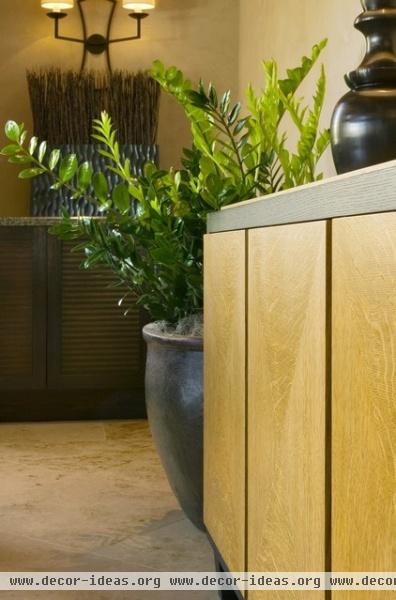
The Zee Zee plant grows from a stout, succulent rhizome, which forms the plant's root system. The potato-like rhizome stores water and helps this plant survive both forgetful owners as well as droughts in its natural habitat.
It is normally evergreen but becomes deciduous during drought periods, shedding its leaves and going dormant until water returns. If your plant does lose its leaves, as long as the tubers are firm, it should still send out new growth when you resume regular watering.

When the Zee Zee plant is small, it has stalks that remain fairly upright, though as it grows you can encourage the stalks to bow, for an elegant decorative effect, especially when the plant is displayed on a stand in a low planter.
Despite its drought-tolerant nature, the Zee Zee plant will be healthiest with regular watering, interspersed by periods in which the soil is allowed to dry out. Overwatering is the one way to destroy it; erring on the side of dryness is preferable to risking tuber rot. Never allow the plant to sit in water or allow the soil to become soggy.
The Zee Zee plant can tolerate low light as a houseplant, but don't place it in a windowless room and expect it to thrive. Tolerance of low lighting indoors doesn't mean that this is the best growing condition.
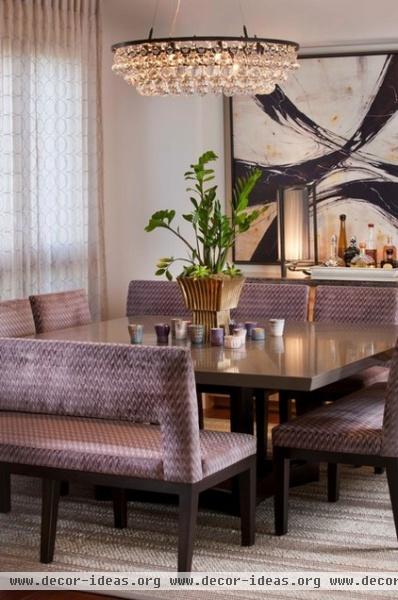
A small Zee Zee plant's erect stalks and shiny leaves make it the perfect centerpiece plant, not just because it will tolerate a moderately lit spot on the dining room table, but also because it's a slow grower and rarely needs repotting.
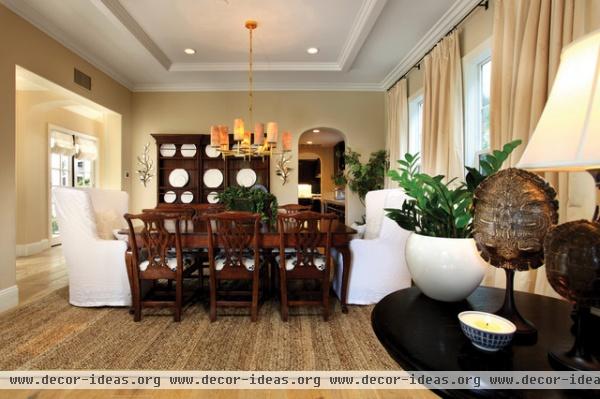
The Zee Zee plant is a great pass-along plant, because it is very easy to propagate, either by division of the rhizomes or from leaf cuttings.
Propagation by dividing rhizomes: Do this in spring or summer, and keep in mind that because of its slow growth, dividing one large Zee Zee plant will produce a bunch of small plants that will take many years to reach the size of the parent.
Remove the plant from the pot along with as much soil as possible; be careful not to damage the rhizomes and roots. Any dead, decaying or damaged roots should be cut with shears, not torn. The rhizomes can be separated if possible or cut if necessary, and then repotted into individual pots. Cuts increase the chance of fungus, which can prohibit new growth. Some specialists recommend soaking the rhizomes in an antifungal solution overnight, though try to find one that's not toxic if you go this route, since poisonous ones require special handling.
Propagation using leaf cuttings: Remove a leaf and place the lower end in a moist, gritty compost and wait several months to a year for the leaf to start producing a new tuber. Remove the bag periodically to mist the soil. The leaves may decay, though succulent bulb-like structures should form in the compost, and you can repot them to produce small new plants.
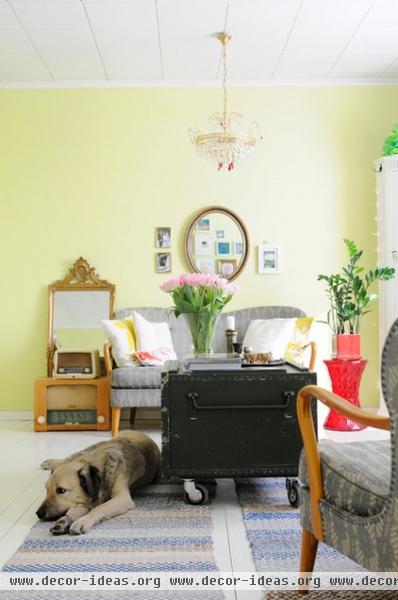
Keep your plant looking great by gently wiping the leaves with a damp cloth. Don't use leaf-shine products, which can damage it.
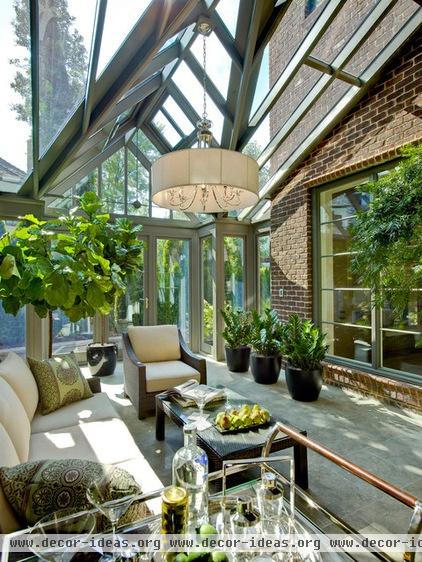
A row of Zee Zee–filled pots is an attractive, low-maintenance design element that will look pretty much the same for years and will not require repotting. So it's OK to invest in gorgeous pots; they'll serve you for many years to come.
How to Care for a Zee Zee Plant
Temperature: The average room temperature should be 60 to 75 degrees Fahrenheit (16 to 24 degrees Celsius).
Light: Bright to low light. Keep the plant out of direct sunlight, which can scorch the leaves.
Water: Water thoroughly and allow the top 2 inches of soil to dry out between waterings. Soggy soil will cause the rhizomes (roots) to rot. With too much water, the leaves will turn yellow and fall off.
Soil: Fast-draining medium soil works best to avoid root rot. Mix one part good-quality, all-purpose potting mix with one part sharp sand or perlite. A cactus mix works well, too.
Feeding: Fertilizer is optional. If desired, fertilize four times a year with a balanced liquid fertilizer diluted by half.
Humidity: Average indoor humidity. No special conditions are required.
Height: This plant is slow growing but can reach up to 3 feet indoors. It grows much taller in its native habitat.
Cautions: All parts of the plant are toxic to animals and humans if ingested.
Natural habitat: East Africa. In Zee Zee's natural habitat, small, insignificant flowers may appear at the base of plants in summer; it rarely flowers indoors. The plant can be kept outdoors as long as the temperature does not fall below 59 degrees Fahrenheit (15 degrees Celsius), though is best grown in temperatures between 65 and 79 degrees Fahrenheit (18 to 26 degrees Celsius). Hot temperatures will cause an increase in leaf production, so keep your Zee Zee plant clear of air conditioning come summertime if you'd like to see it grow.
Related Articles Recommended












